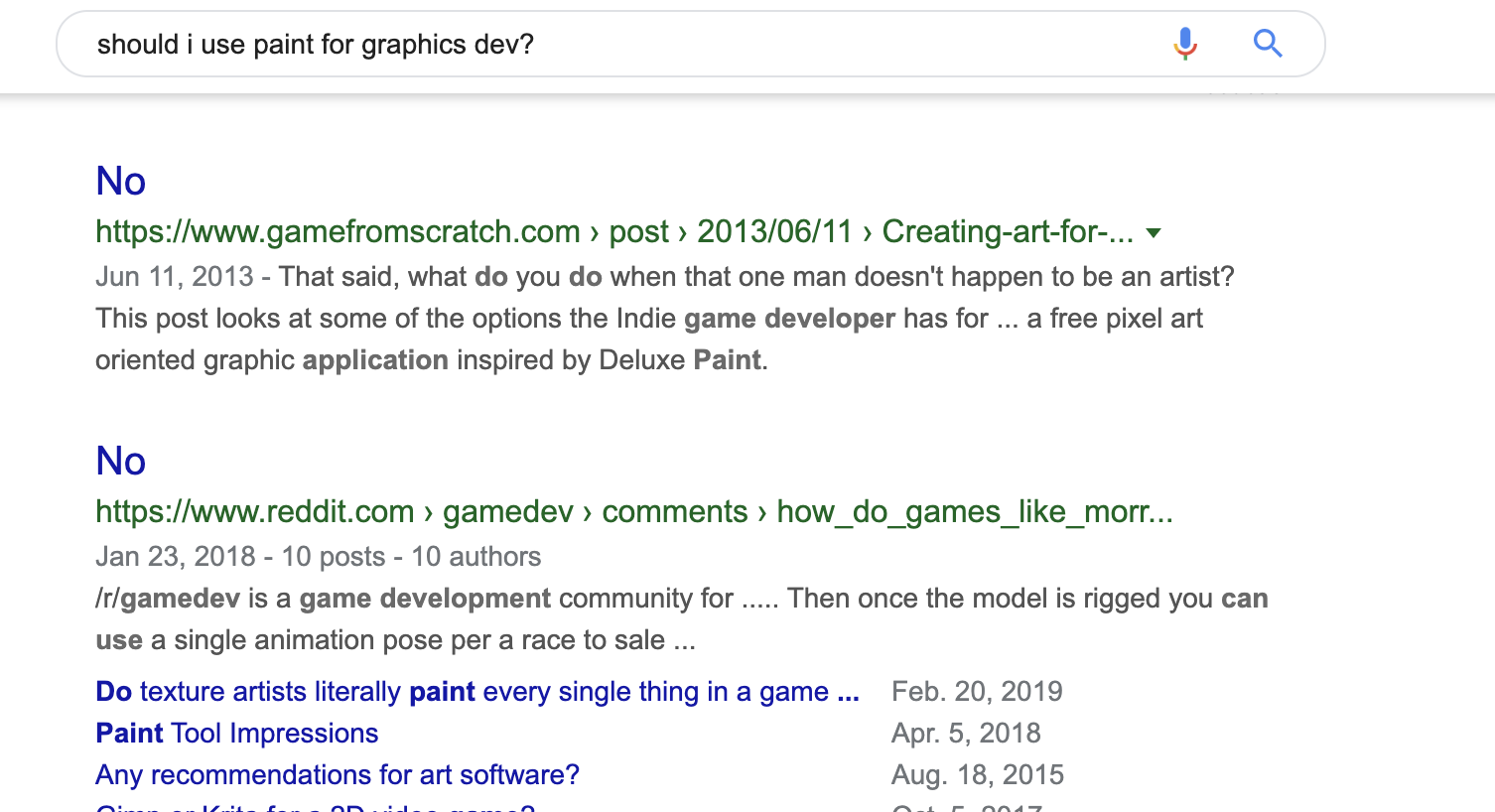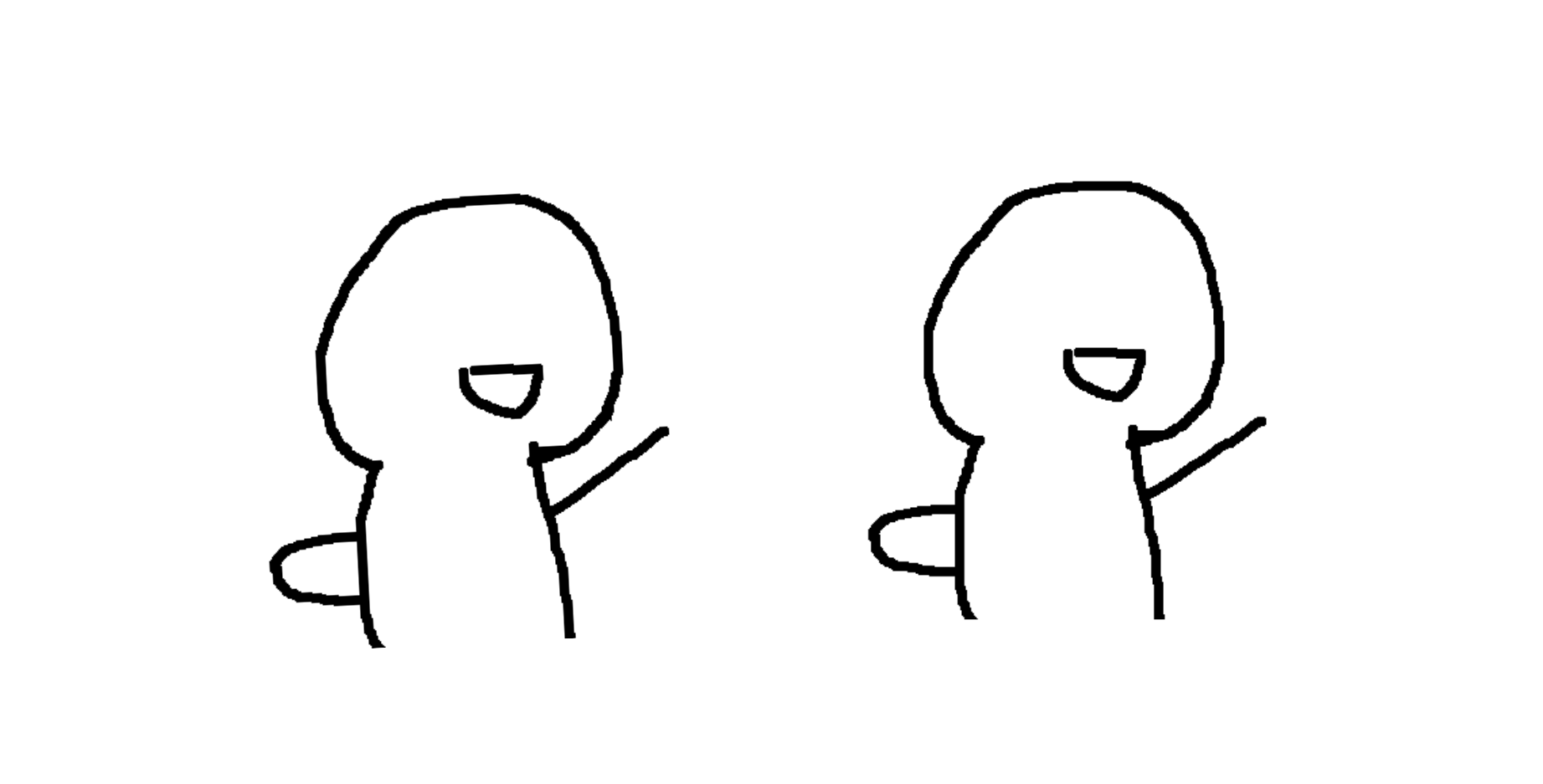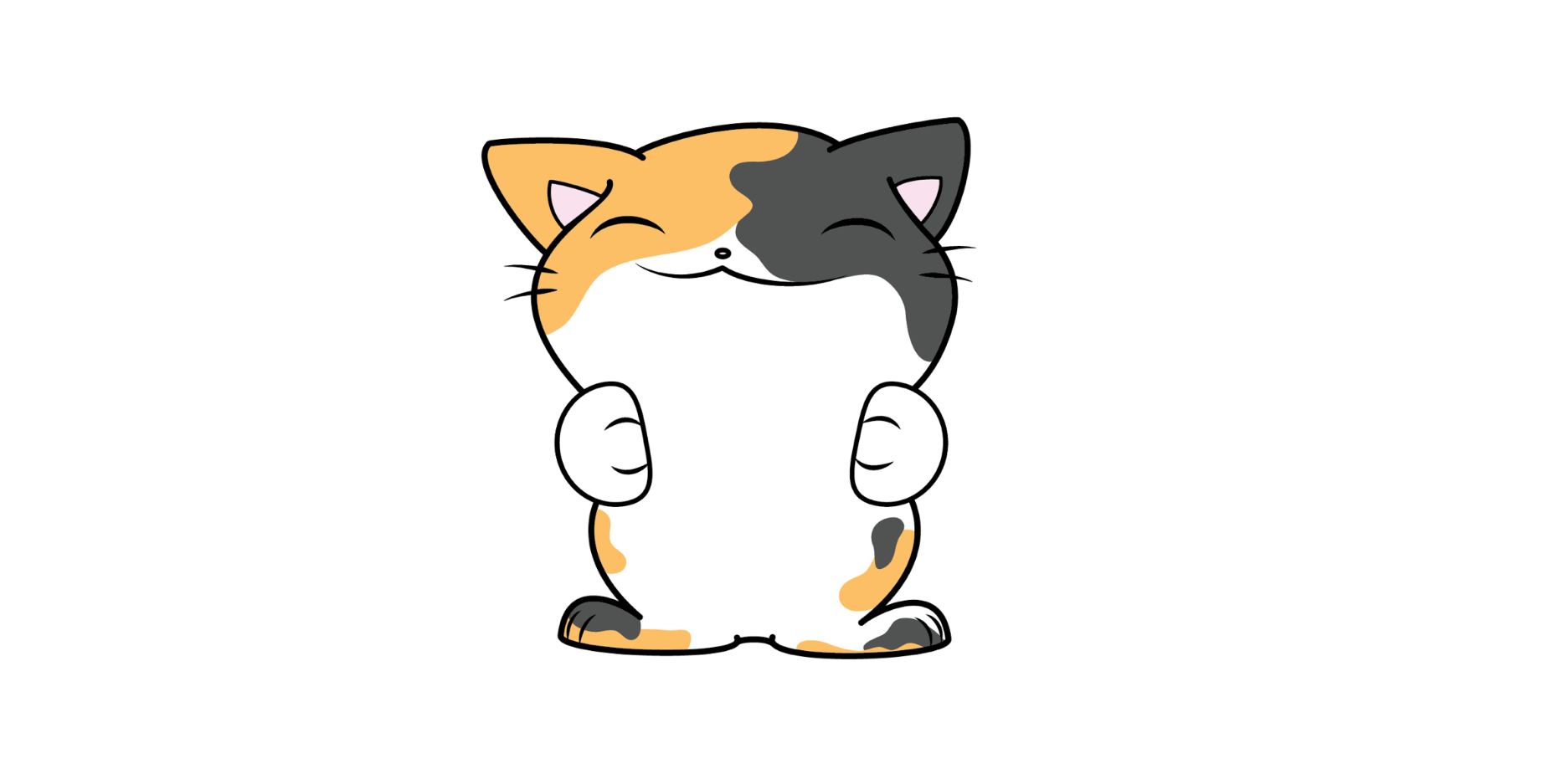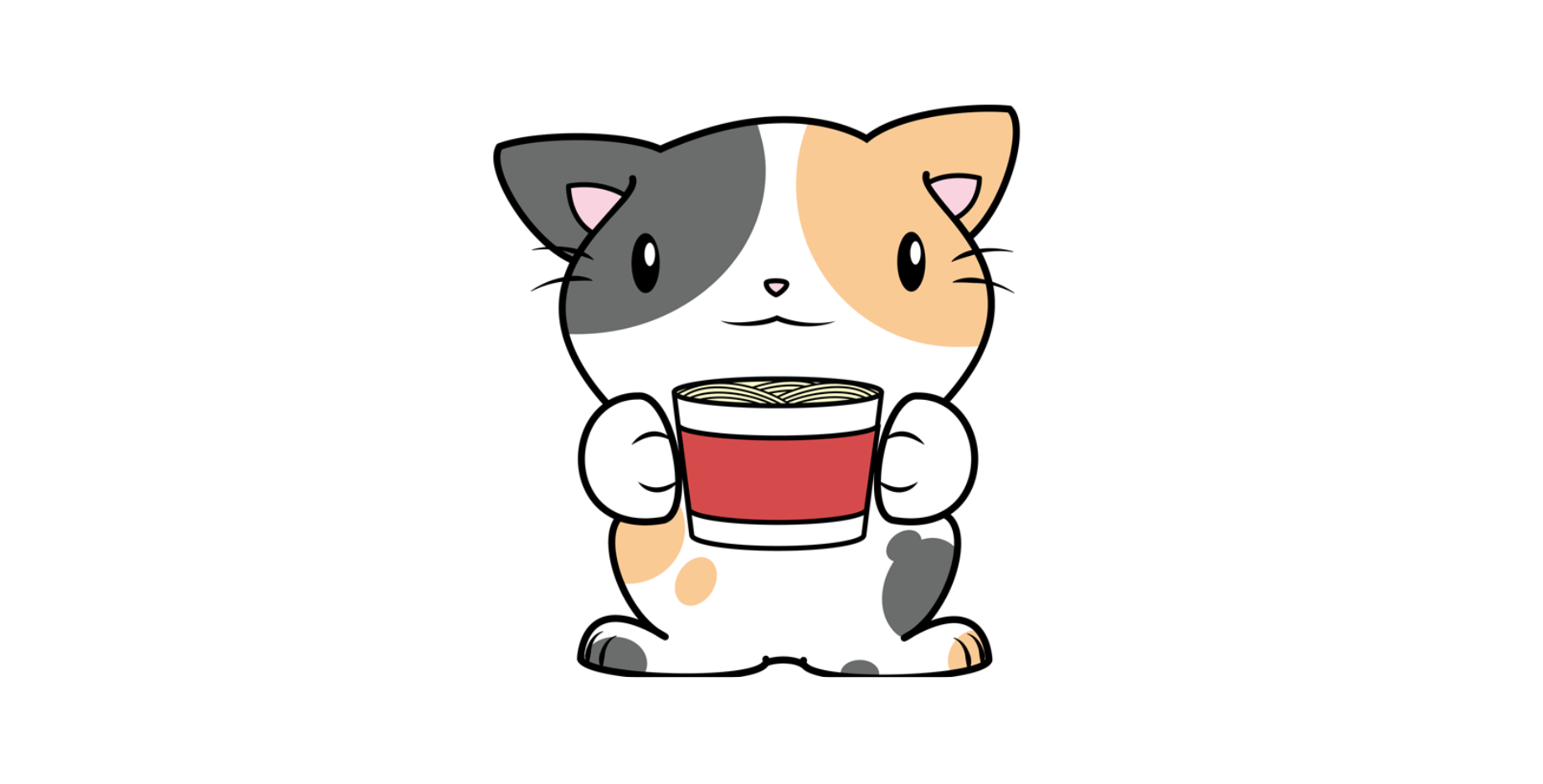3 tips about developing graphics for your game
If you’re a non-artistic coder who wants to start making games, you may feel hesitant to even do so because graphics development may sound like a lot of work. In Molla Games, we definetely felt the same way. So we’ve come up with 3 tips on how to approach graphics development so that you can make that game a reality!
1. Use the right tools.
If you are not equipped with the right graphic development tools, you will not be able to make the best graphics efficiently. My advice is to go with the flow on what everyone else is using: if it’s 2D, try Adobe photoshop and illustrator. If it’s 3D, try Blender. If you are hesitant to buy some of these products, you can try their trials. Since it is a trial, you may feel some added pressure to finish the game in time; but that could also be seen as extra motivation to finish developing the game quicker.
What I mean is you don’t want to be stuck with Paint or some online drawing tool that doesn’t let you create graphics that are good enough and ends up taking longer anyway.

2. Recruit a graphics developer
There’s a reason why it is a job in any game dev company. When molla games started out, I did everything, and I can say it was way too much work for me. As a coder, I just wanted to focus on the code. Since I’m a noob with graphics dev, it actually took up most of my time while developing my first games. So try your best to recruit somebody who can just focus on the graphics. It will be a big load off of your chest.
Two people is better than one!

3. Iterate on the graphics.
The graphics are what your users first see. If they’re not good, then users will not want to even touch your game.
Most likely, the first version of your graphics will not be the one you go with (unless your company culture is anything like molla games hehe. I’ll talk about that in another article). So be sure to give advice to your graphics developer when appropriate. For our game, Noodles and Me, the main cat had to be cute to make users want to interact with it. Here is our first version of the cat:

It’s somewhat cute! But it does look a bit ruffled up and overly complex.
And here is our final version:

Much cleaner and cuter! It looks like a pokémon…
Since this was our main mascot, it definetely payed off to have more iterations to get to this point. So give advice and iterate!
Another important thing to keep in mind is to not rush the development of graphics. Your graphics may end up much better with just another day of thought and touch-ups. The final version of our catty would not have happened if we didn’t give our graphics developer more time to make it better. Strive to make the graphics good. It will pay off in the end.
4. Pay your graphics developer
I’ve spoken with other game-dev hobby groups who say that they do not pay their entire team. After making a few games with graphics dev volunteers, I can say that you should definetely pay your graphics developer some money.
The first thing a user sees is your graphics; so the graphics could make or break your game. If it’s not good enough, nobody will want to even touch it. As a coder, I found it hard to admit this; but your users won’t get to the logic of the game if it looks bad.
So pay to have good graphics. It will be a big load off of your chest. Also, it will be added motivation on your graphics dev to make even better graphics.
Conclusion
And that’s it! I think the biggest takeaway is to not underestimate the work needed to get good graphics. It may be daunting to pay out money when you’re in the negatives (like us 😅), but I think it’s better to have a game that looks good and you can be proud of. So recruit somebody to do your graphics and be sure to give that position the respect it deserves! It’s a lot of work!
I hope this gave some insight on how to approach developing graphics for your first game. If you want more tips on developing games or are interested in any games we’re making, follow our blog and our twitter. See you next time! 🙃